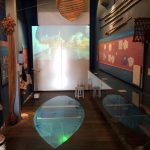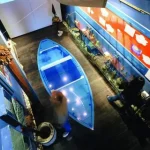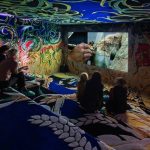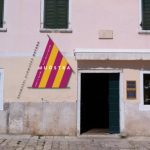At the annual session of the Intergovernmental Committee for the Safeguarding of Intangible Cultural Heritage of UNESCO which was held from 28 November to 2 December in Addis Ababa, the Rovinj Batana Ecomuseum has been included in the register of best practices in preserving the intangible and cultural heritage of the world, reports HRTurizam on 16 December 2016.
Founded on the principles of knowledge, respect for cultural heritage, continuity and dialogue, inclusion, innovation, and multi-media, the Batana Ecomuseum and its diverse programs in dedication to the tangible and intangible maritime heritage actively reinforces the cultural identity and uniqueness of Rovinj as a pleasant place for not only its residents but as a unique destination for its visitors.
The “batana” is a wooden, traditional Rovinj fishing boat that ranges from 4 to 8.5 meters. The batana boat is specific because of its flat bottom that enables the navigation and fishing of the shallow sea coasts. According to one theory, the name of “batana” allegedly originates from the verb battere (to hit) which is the similar sound batana boats make when the boat’s flat-bottom bangs into the waves. In regard to size, there are no two identical batanas. The battana is made of wood, with either oak or soft woods such as fir, spruce or pine for the frame. In the port of Rovinj you can still see batana boats where fishermen will occasionally clean their fishing nets or prepare their equipment.
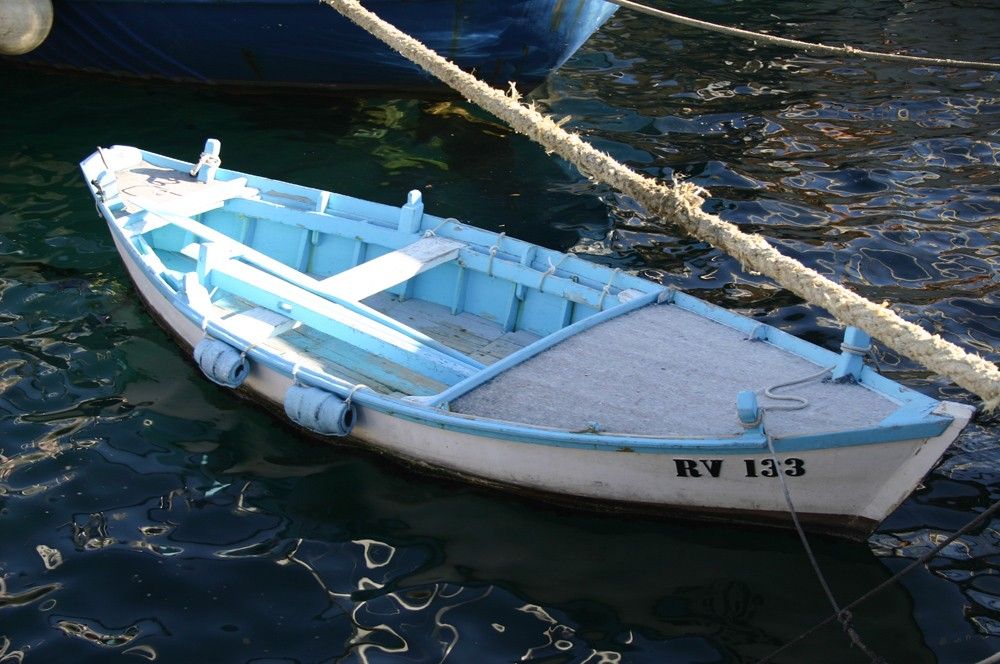
Image by Batana Ecomuseum
“The focus of action for the Batana Ecomuseum from the beginning was to focus on the development of different programs that have enabled local people to preserve and transmit to future generations the skills of building the batana, the knowledge and skills of sailing the batana mainsail, the knowledge of the local maritime language, the preservation of fishing skills, customs, and rituals such as the launching of the batana, the skills to make local dishes with ingredients that were hunted with a batana…A model of protection and conservation of this complex heritage is included in the creation of unique and authentic cultural and tourism products,” says Dragana Lucija Ratkovic Aydemir about the museum.
The nomination was prepared in cooperation with experts: dr. Sc. Lydia Nikočević, director of the Museum of Istria, Tamara Nikolić Đerić, professional program leader Batana Ecomuseum, and Dragana Lucija Ratkovic Aydemir and with the local community represented by the Istria County, the City of Rovinj, the Association Marco Garbin, Italian Community of Rovinj, Association of Disabled Persons Rovinj, Center for historical research in Rovinj, Rovinj Heritage Museum, Rovinj Tourist Board, Vladimir Nazor.
https://www.youtube.com/watch?v=v=sHO0J6_eImM

